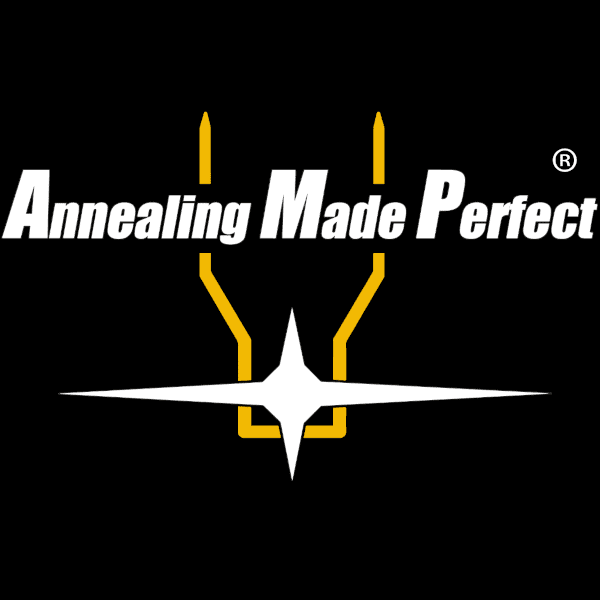MagnumManiac
Well-Known Member
- Joined
- Feb 25, 2008
- Messages
- 5,555
This temp question is perplexing at best.
It must be understood that it takes temp AND time.
Annealing is the process of changing the brass crystals through heat for a specific amount of time.
When I anneal, I get an orange to pink hue when the brass is the correct temp, no red glow of the neck at all and 2 seconds at this point has the neck annealed.
The temp of the flame is way hotter than what is required, so the TIME is what is being regulated here.
Cheers.
It must be understood that it takes temp AND time.
Annealing is the process of changing the brass crystals through heat for a specific amount of time.
When I anneal, I get an orange to pink hue when the brass is the correct temp, no red glow of the neck at all and 2 seconds at this point has the neck annealed.
The temp of the flame is way hotter than what is required, so the TIME is what is being regulated here.
Cheers.

